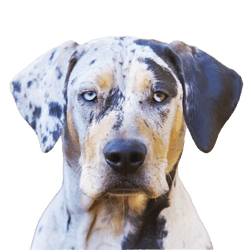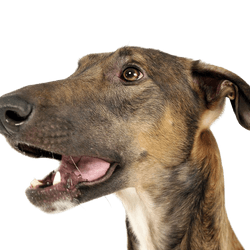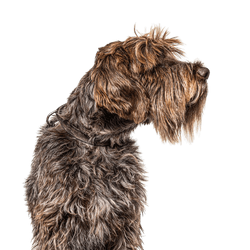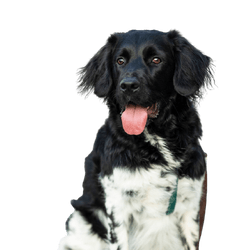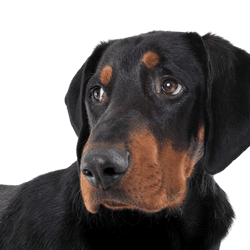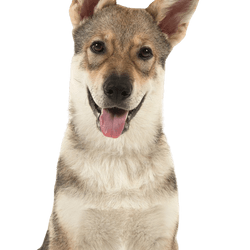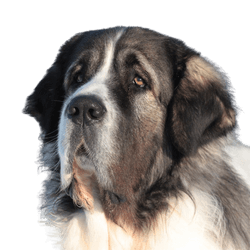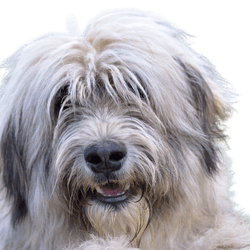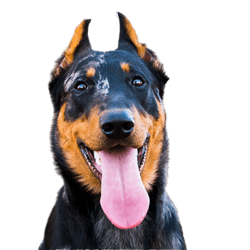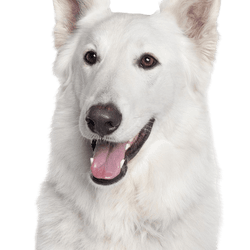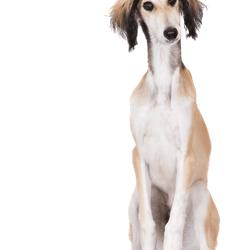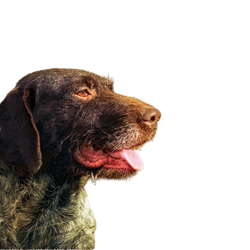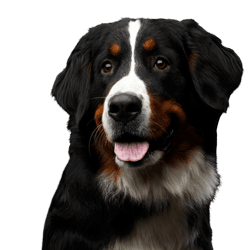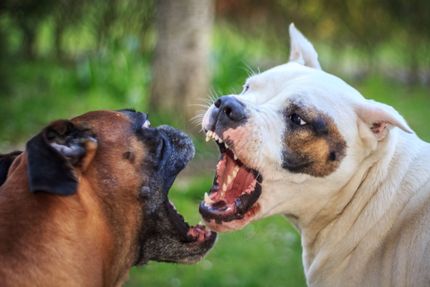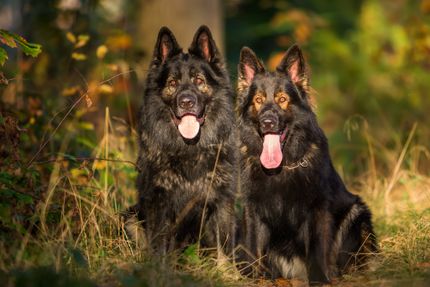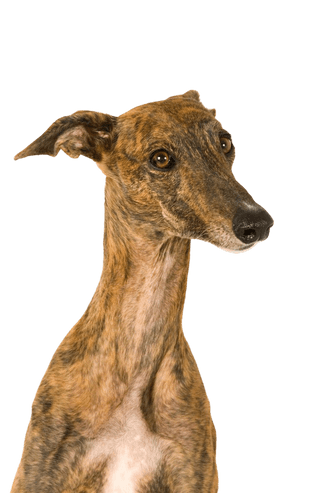
Galgo Espanol Breed description: Character & Co
Galgo Espanol
Facts & Origin
The Galgo Español belongs to the group of sighthounds and is recognized by the FCI as a Spanish dog breed (FCI Group 10, Section 3, Standard No. 285).
Origin and history of the Galgo Español
If you trace the history of the Galgo Español, you inevitably end up in the time of the Celts, who went hunting with this dog breed as early as the 6th century BC. It was also the Celts who brought the Galgo to the Iberian Peninsula. The naming is due to the fact that after the victory over the Celts, the Romans called the breed "Canis Gallicus", which means nothing else than Gallic dog. This expression later gave rise to the term "Galgo".
The Moors, who ruled the Iberian Peninsula from the 8th to the 15th century, also contributed to the appearance of today's Galgo Español with the breeds they brought with them, the Sloughi and the Podenco Ibicenco, by crossing the breeds with each other.
The Galgo Español is considered the ancestor of the English Greyhound. Since both breeds look very similar and were frequently interbred in the last century for the purpose of optimizing them for dog racing, it is often difficult to distinguish between them.
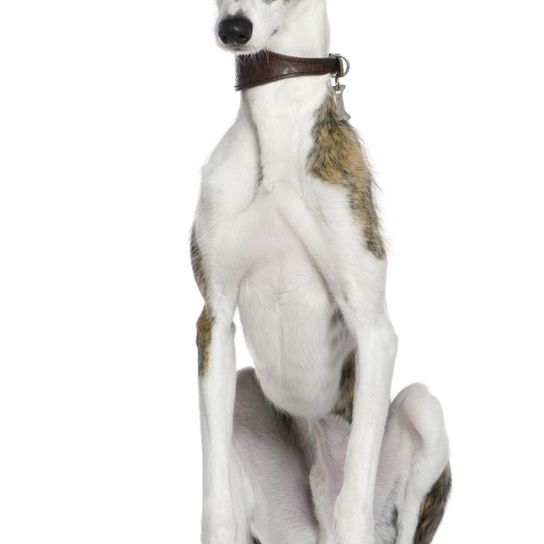

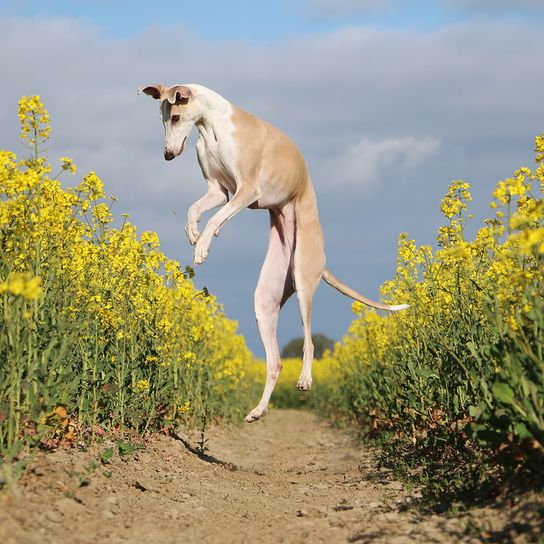
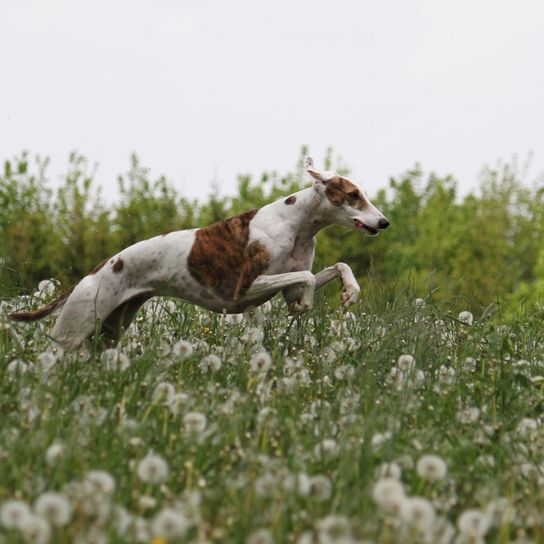
| Alternate Name | Spanish Greyhound |
| Origin | Spain |
| Life expectancy | 12 - 13 years |
| Care requirements | low-maintenance |
| Activity level | high |
| FCI group | Short-haired Sighthounds |
| AKC group | Hound Group |
| KC group | not recognised |
Attitude, character and temperament of the breed
Nature and character traits of the Spanish Greyhound
- in the house very calm and balanced
- inconspicuous and good to lead
- unproblematic in living together with other dogs
- very affectionate and strongly fixated on the person to whom he is attached
- reserved, but not aggressive towards strangers
- in the open extremely high movement urge
- strong hunting instinct
- with affectionate training well to educate
- also suitable for beginners
Use
The Galgo was originally bred for hunting hares. In Spain it is still used in this field, while in Germany rather other breeds are preferred. Therefore, the Galgo serves in this country rather as a companion dog. The Galgo is also well suited for dog racing, as his strong urge to move can be optimally satisfied here.
Character
Usage

Health and breeding information
Diseases and life expectancy of the Galgo Espanol
The Galgo Español is generally considered to be a very healthy dog. Breed-typical illnesses are hardly known, at most tartar is registered above average frequently. Due to their breeding for performance, Galgos are extremely resistant and less susceptible to diseases and allergies.
The Galgo Español reaches a life expectancy of 12-13 years, although older dogs are not uncommon.


External characteristics
Despite the impressive size of 60-70 cm - whereby males are on average a few centimetres taller than females - the Galgo only reaches a weight of 20-30 kilograms due to its extremely slender build.
The head is elongated and the heel of the forehead is hardly visible. The Galgo Español's eyes are small and oval, and because they are set off to the side, they ensure good all-round vision, making this breed ideal for hunting with sight.
The long, slender neck and the long front and hind legs give the Galgo a very elegant appearance, which is further emphasized by the easily visible muscles and tendons on the hind legs. The Galgo's ribs are highly visible and often, but falsely, appear to the layman to be an indication of malnutrition. The drooping tail, about 50 cm long, describes an upward pointing curve in the lower third.
The coat of the Galgo can be either smooth or coarse. There are no colour requirements for the breed. All colors are permitted.
| Fur length | short |
| Fur | flat coated |
| Ear shape | Triangle |
| Tail | lang |
| Anatomy | slim, dainty, sporty |
| Size ♀ | 60 - 70 cm |
| Weight ♀ | 23 - 25 kg |
| Size ♂ | 60 - 70 cm |
| Weight ♂ | 20 - 30 kg |
| Suitable For | - |
Colors
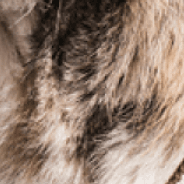
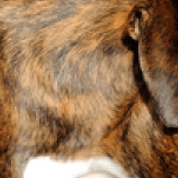
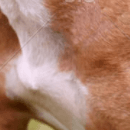
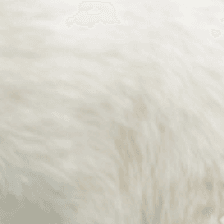
Other large dogs
Useful Articles
You can find articles that might interest you in the dogbible blog to match your favorite breed.
Visit our magazineto stay up to date on dog trends.
To find out more, view our Privacy Policy
Find here the breed that suits you and find out what character traits it has. Here you can also learn more about the origin, size and weight of your favorite breeds.
Matching your favorite breed, you'll find articles that might interest you on the dogbible dog blog.
Dry dog food vs. wet food - which makes more sense? Which is healthier?
Female Dog in Heat - what is it?
Rabies in dogs - rabies vaccination and signs that your dog is affected
